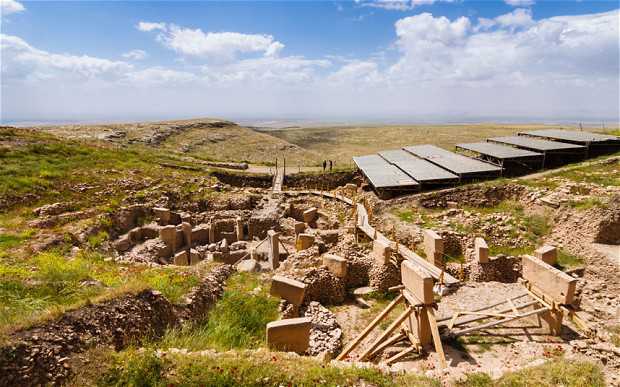Regional disparity is an important issue in Turkey. Take for example, the top 1,000 industrial companies list of the Istanbul Chamber of Industry (ISO-1000). Have you ever looked at the geographical location of the companies in the list? Let me tell you: There are no factories in the east of Turkey. Let me correct: If you look for provinces with at least three companies on the ISO-1000 list, then the whole east of Turkey looks empty. It is sad.
Why is that so? It looks as if the “capabilities sets” of those provinces do not allow them to host factories. Capabilities are not only about hardware such as electricity, roads and buildings. They are also about the software, such as a skilled labor force, availability of trade connections, technical know-how, etc. Software issues also include restaurants, shopping centers, quality schools and hospitals for the skilled “expat” workers who may choose to work there. Industrialization comes as a package. That package is the capabilities set of the geographical location. Those provinces that have gradually improved the capabilities set have developed industrial capacity in their towns. That is how industry has spread throughout Anatolia in the last two decades. Industrial development requires enrichment of the local capabilities set. But still the regional disparity is there to stay. The discrepancy is about capabilities sets.
Sumru Altuğ of Koç University in Istanbul is noting internal migration as a remedy for regional disparity in Turkey. That was mentioned in a May 2010 policy note from the TÜSİAD-Koç University Economic Research Forum. That is the urban-rural migration within the country. When I was born about 50 years ago, 30 percent of the population was living in urban centers. Now that has increased to 75 percent. There is a flow of migrants from poor rural to rich urban centers.
What is the impact of migration on the capabilities sets of migration-sending provinces? There lies the difference between the early-1900 and post-1960 migrations in Anatolia. Migration had corrosive effects on capabilities sets of sender provinces at the beginning of the 20th century. Then there was a sizable non-Muslim population in Anatolia contributing to the capabilities sets of their provinces. They had trade connections, commercial know-how and technical skills. And then they were gone. Now there are none. In the jingoistic atmosphere of the nation-building time, sending non-Muslims away looked like a good idea for our founding fathers. However, looking back now, it definitely had a corrosive effect on the capabilities set of migrant-sending provinces. Nation-building exercises in this neighborhood at the time had a detrimental effect on capabilities sets of many provinces and countries.
The post-1960 migratory trend from poor to rich provinces, on the other hand, is more neutral. That did not have a major impact on the skills set of the provinces providing migrants to the rich urban centers. Those who are migrating this time are already poor and have no skills whatsoever.
It is not only in Anatolia. Max von Oppenheim, the Pan-German contemporary of Kaiser Wilhelm, son of the Oppenheim banking dynasty, reporting on a wave of Lebanese Christian migration to America in spring 1903, noted with anger the economic impact of this brain drain on Beirut. It was everywhere in the Ottoman Empire at the same time. The fall of an empire is full of sorrows.
via Sending non-Muslims away was a bad idea – Hurriyet Daily News.
